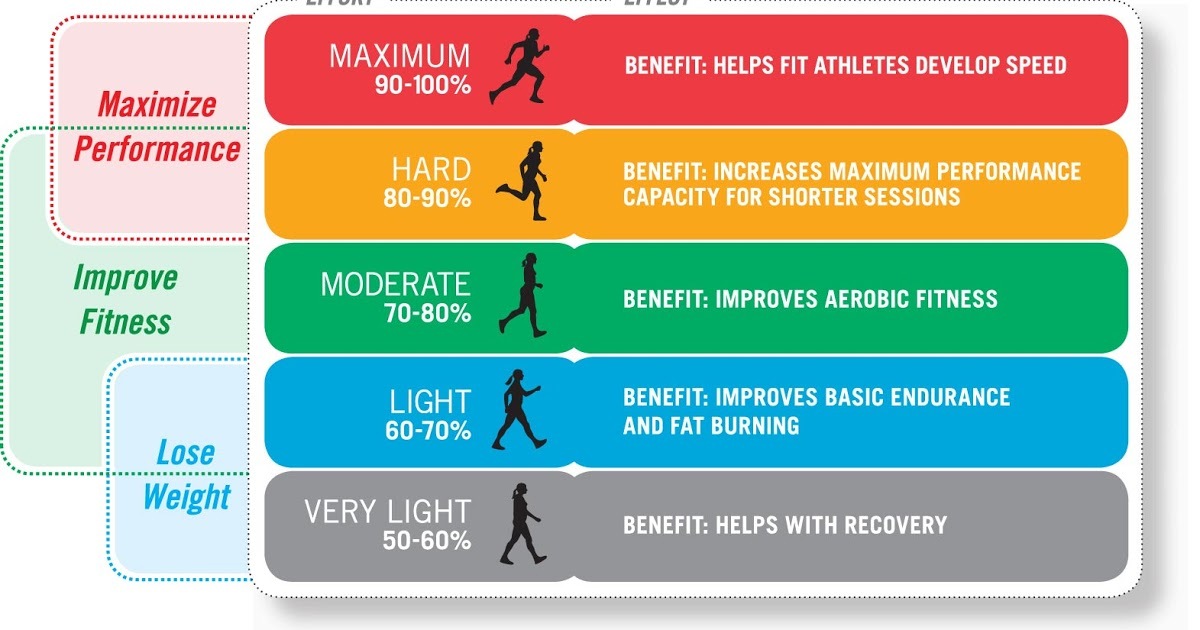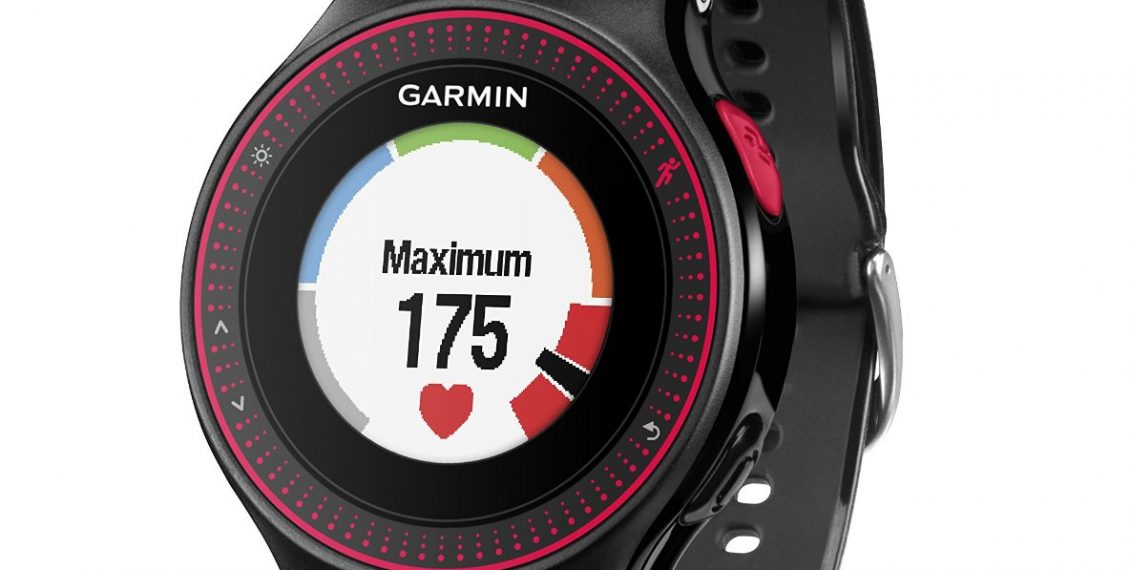If you go to the gym regularly or follow the latest trends in the fitness industry then you’d notice one common accessory: A heart rate monitor.
From a wristband heart rate monitor to chest strap models, everyone seems to be using some sort of gadget to measure their heart rates these days.
What does a heart rate monitor tell you? And what are some of the most important things you can learn from these innovative fitness tools?
First of all, keep in mind that as fashionable as a particular model may look, heart rate monitors aren’t designed for aesthetic reasons.
They are powerful gadgets that can help you leverage workouts to meet your wildest goals ranging from weight loss to muscle toning.
Here are some of the most important things you can learn from your heart rate monitor.
Contents
Your Maximum Heart Rate

A heart rate monitor is probably the most effective tool that can aid in the discovery of your maximum heart rate.
This simply tells you how hard you can go during exercises so you can gauge whether your fitness levels have seen improvements after consistent sessions.
undergoing high intensity interval training is a great method to find your maximum heart rate. All you have to do is to push yourself as hard as you can while wearing your pulse monitor to keep track.
If running is your cup of tea, you can wear your watch during long distance routines such as a 5K.
At the end of the run, the highest figure recorded is your maximum heart rate.
Everyday Activities Can Help You Burn Calories

Think you have to jump on gym equipment before getting calories burned? This is absolutely false and one of the Eureka moments a heart rate monitor gives you.
Most daily physical activities can be a great way to burn calories. If you are in doubt, just wear your heart rate monitor before any type of physical activity and check your calorie burn rate at the end of it.
This essentially means that you can stay fit by being physically active, not necessarily going to the gym.
Scheduling Easy Workouts
Research has shown that the key to leveraging workouts is to balance the intensity.
This means you don’t have to pound your home gym equipment at maximum intensity all the time.
By balancing strenuous workouts with some easy routines, the body gets the maximum benefits available from exercising. With the high level competitive streaks ingrained in most of us, going deliberately easy can sometimes be difficult.
This can be especially true when we feel extremely energized.
Putting on a heart rate monitor during “easy” sessions can be a great way to keep us from deviating into more intense workouts.
Remember, these easy sessions can help the body recover from previously intense sessions while building stamina and increasing distance covered.
Building Stamina
Stamina determines how long you can keep going at a particular rate during exercises. Sure, you may be able to run at a particular pace for 30 minutes before giving up.
However, at the same pace, another runner could keep going for over an hour due to higher stamina level.
Endurance training is the key towards building your stamina to impressive levels and a heart rate monitor can be invaluable.
It is recommended that beginners stick to no more than using 65 percent of their maximum heart rate.
Intermediate exercisers are advised to target up to 75 percent of their max heart rate while super fit athletes and fitness experts typically shoot for up to 85 percent of their maximum heart rate.
Boosting Your Tempo
A heart rate monitor informs you whether you are doing enough to increase your tempo. Tempo workouts are simply designed to help you run at a quick pace for longer periods of time.
Determining how fast you can go during these types of workouts can be quite tricky.
However, runners typically target using 85-90 percent of their maximum heart rate so that can serve as a good guide.
Make sure you don’t go beyond 90 percent of your max heart rate as you want your runs to be comfortable and sustainable for an average of 20-30 minutes.
Beginners may struggle to keep going for even more than a minute during these workouts but significant improvements will be noticed over time.
High Intensity Interval Training Routines are Effective in Burning Calories

Are you a fan of the Fast and Furious movies? How would you like to design and execute workouts that follow that formula?
It simply involves undertaking extremely intensive exercises requiring 80-95 percent of your maximum heart rate.
This is followed by low-pace workouts between 40-60 percent of your maximum heart rate.
A quick glance at your watch or heart rate monitor even after 10 minutes of HIIT workouts reveal impressive estimates of the number of calories burned.
Conclusion
Many fitness accessories are overrated and may not even worth purchasing but a heart rate monitor isn’t one.
As long as you get a quality model that gives accurate readings, it can help boost your stamina and prevent you from putting in too little effort or straining your body too much.
This helps transform your fitness to the core, improving your stamina, and overall health.
These up and down movements have also been identified as the best way to burn calories and lose weight.
Each round of highly intensive exercise should last for 5-10 seconds followed by the recovery sessions lasting as long, if not more.
Sure, you can achieve these workouts even without a monitor around as long as you put in maximum effort and try to lower it by half during recovery sessions.
However, having a heart rate monitor in close proximity allows you to consistently hit your target heart rates without deviating from the original plan.

